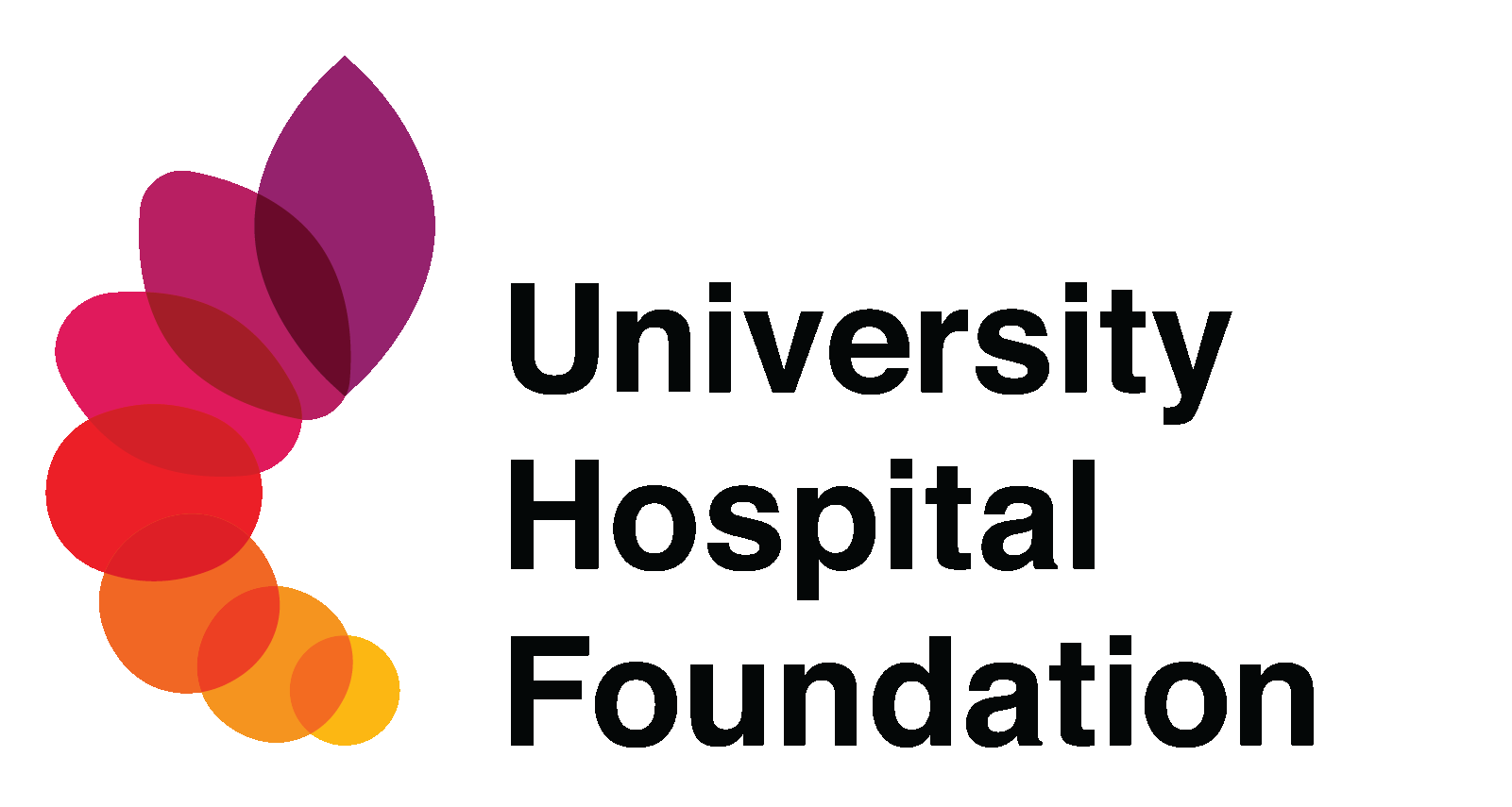High Level Operation
Philanthropic giving puts high-powered microscopes in the steady hands of brain surgeons
by HILARY ANAKA
Photography COOPER & O’HARA
The phrase ‘it’s not brain surgery’ can be thrown around at many workplaces. But for Dr. Cian O’Kelly, brain surgery is all in a day’s work at the University of Alberta Hospital. As a neurosurgeon, he’s working deep in the brains of patients with aneurysms, tumours and blocked or malformed blood vessels every day. And when Dr. O’Kelly is in the operating room, it’s usually because that’s the last option. Other potential treatments have been explored and exhausted, and now he has to get inside the patient’s brain to save their life.
“The main challenge in brain surgery is that we have to be able to clearly see what we’re doing. We want to take the least traumatic path to whatever part of the brain we need to get to, so that often means we’re working down very narrow corridors and need the light and visualization from microscopes,” describes Dr. O’Kelly.
The margin of error in brain surgery is incredibly small. In some procedures, he’s working in spaces that are less than one millimetre — the size of a grain of sand. That’s why many of the surgeries he performs require high-powered microscopes. Equipping the operating room with these powerful microscopes requires funding.
That’s where Harold Roozen came in. After selling his immensely successful CCI Thermal Technologies in 2018, Roozen decided to make philanthropy an even bigger part of his life. By donating nearly $5 million to the University Hospital Foundation in support of neurology and neurosurgery at the University of Alberta Hospital, he is helping to improve the delivery of care for people living with chronic brain conditions across Alberta.
Roozen’s generous donation is making a difference in many ways — including the purchase of two state-ofthe- art Zeiss microscopes to help skilled neurosurgeons like Dr. O’Kelly perform life-saving surgeries.
“These new Zeiss microscopes have a lot of advanced features. The light is better, it’s easier to focus and the optics are quite amazing. They are far superior to the previous ones we’ve been working with,” says Dr. O’Kelly.



The faster you can get through the surgery, the better it is for the patient
Dr. O'Kelly
There are many technological advancements in the new microscopes that make them more effective in the operating room. This includes built-in robotics so surgeons can make subtle movements of the microscope to pan, arc, focus or zoom in.
These adjustments can be controlled with a handpiece, foot pedal or mouthpiece. Dr. O’Kelly usually uses the foot pedal, which allows him to keep his hands in the operating field and minimize the number of movements he makes — a critical consideration when he’s working close to something delicate.
There’s also a way to save positions so surgeons can quickly and easily return to a specific spot they were working on. “Sometimes you have different corridors of attack towards an area of pathology. You may need to work on one side, and it may take you a while to get the perfect positioning,” explains Dr. O’Kelly. “Then, you may need to go and look at the other side before coming back to the original corridor. The new microscopes allow you to save the original position so you can move around, and then rather than try to fiddle your way back to where you were before, you can just go directly back.”
These functions will save precious time, and as Dr. O’Kelly says, “time is brain.’’
“The faster you can get through the surgery, the better it is for the patient.”
The list of bells and whistles on the new microscopes — including a fluorescence mode that highlights brain tumours and shows blood flow through the brain’s blood vessels — is long. But, in the capable hands of Dr. O’Kelly and other neurosurgeons, the list of patients helped and lives saved will be even longer.
More than microscopes
Harold Roozen has a long history of philanthropy with the University Hospital Foundation. He was involved in capital campaigns that have brought some of the best equipment, technology and people to the University of Alberta Hospital, including the Mazankowski Alberta Heart Institute’s capital campaign and the brain centre campaign.
The relationship Roozen had with his late father-in-law, a pillar in Edmonton’s medical, business and philanthropic communities, Dr. Charles Allard, introduced him to the world of philanthropy that he is now so much a part of. “I would say the Allard family and Dr. Allard were big influences on me. He was a wealthy man, but a very humble man and a great doctor. And he just said, ‘We’ve got to make sure we support the community and the hospitals.’ And that just became something we did.”
His donation not only covers the cost of the two microscopes, but also provides significant support in two other areas of neurology: fellowships and quality improvement.
“We are designating a million dollars for neurology fellowships, which are intended to attract more young doctors to Canada who will stay here and administer care to Canadians after their training,” said Dr. Penny Smyth, divisional director of neurology and a multiple sclerosis (MS) specialist at the University of Alberta Hospital’s MS Clinic. “Harold (Roozen) wanted to make an immediate difference with this gift, and together, we saw this as a very effective way to help improve access to subspecialist care.”
Change lives today
Your support of the University Hospital Foundation is changing lives today and tomorrow, supporting a future in which you and your loved ones live longer, healthier lives.
Donate Now
Facebook
Twitter
LinkedIn
